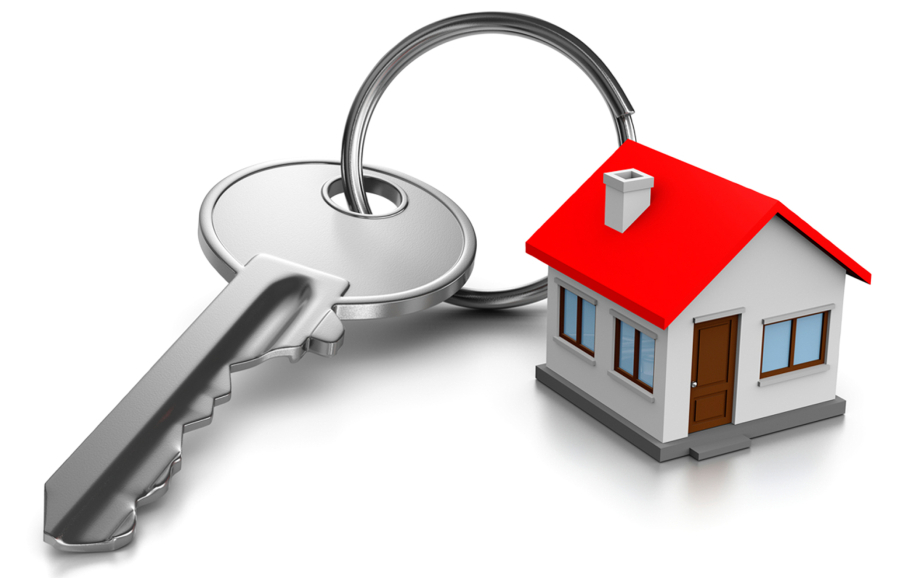If you’re an average family in Clark County, you can buy an average house — at least according to the numbers.
Sadly, the real world of housing and finance can be a much bleaker place.
The Columbian’s analysis found that a household earning the county’s median household income, about $60,000 per year, can just manage to get into a median-priced home, which in May had a sale price of $293,000. Monthly payments on that house would devour just over a third of the household’s income, the standard recommendation for spending on housing.
Given the strong public concern about housing affordability in Clark County and the larger metro area, that seems like good news. But looking at a continued rise in prices and demand, a potential interest rate hike, a lack of housing supply and stagnant wages shows the median home slipping out of median earners’ reach as soon as next year.
“Homes will start to get more expensive, which will affect affordability, which will affect the number of people who can purchase homes, which will slow activity in the market and stem appreciation,” said Terry Wollam, managing broker for Wollam & Associates in Vancouver.





